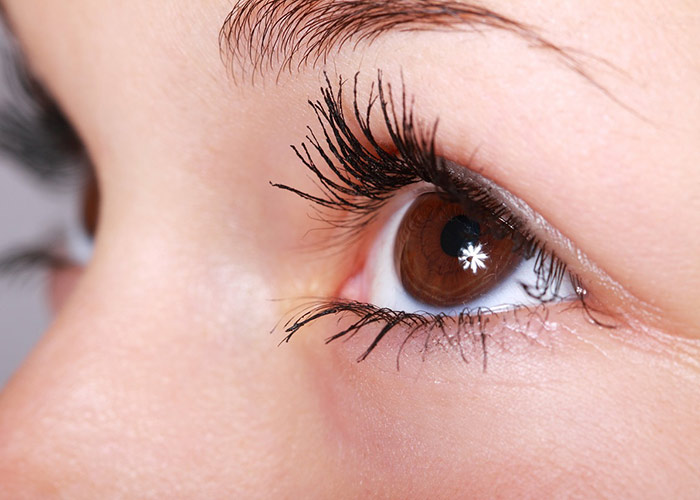
Your skin is the single largest organ of your body. It has three main layers occurring as the epidermis, the dermis and the subcutaneous layer.
Epidermis
The epidermis is the outermost “elastic” layer on your skin that is continually being regenerated. This layer contains the following types of skin cells:
Keratinocytes - These are the main skin cells of the epidermis formed by cellular division at its base. New cells continually move towards the surface and as they move, they gradually die and become flattened.
Corneocytes - The flattened dead keratinocytes that make up the outer layer of the epidermis is called the stratum corneum or horny layer. This protective layer is continually worn away or is shed.
Melanocytes – These cells produce the pigment melanin that protects against UV radiation and gives skin its coloration.
Dermis
The dermis is the inner layer that includes the following segments of your skin:
Sweat glands – Secrete sweat (a fliud similar to plasma) that travels via sweat ducts to openings in the epidermis called pores. They play a role in temperature regulation.
Hair follicles – Are pits in which your hair hairs grow. Hairs also play a role in temperature regulation.
Sebaceous glands – Produce sebum (an oil) to keep hairs free from dust and bacteria. Sebum and sweat make up the ‘surface film’.
Subcutaneous Layer
The subcutaneous layer under the dermis is made up of connective tissue and fat (a good insulator).
Functions of the skin
- Provides a protective barrier against mechanical, thermal and physical injury and may provide protection against certain hazardous substances.
- Prevents loss of internal moisture.
- Reduces harmful effects of UV radiation.
- Acts as a sensory organ (touch, detects temperature).
- Helps regulate temperature.
- An immune organ to detect infections etc.
- Aids in the physiological production of vitamin D.
